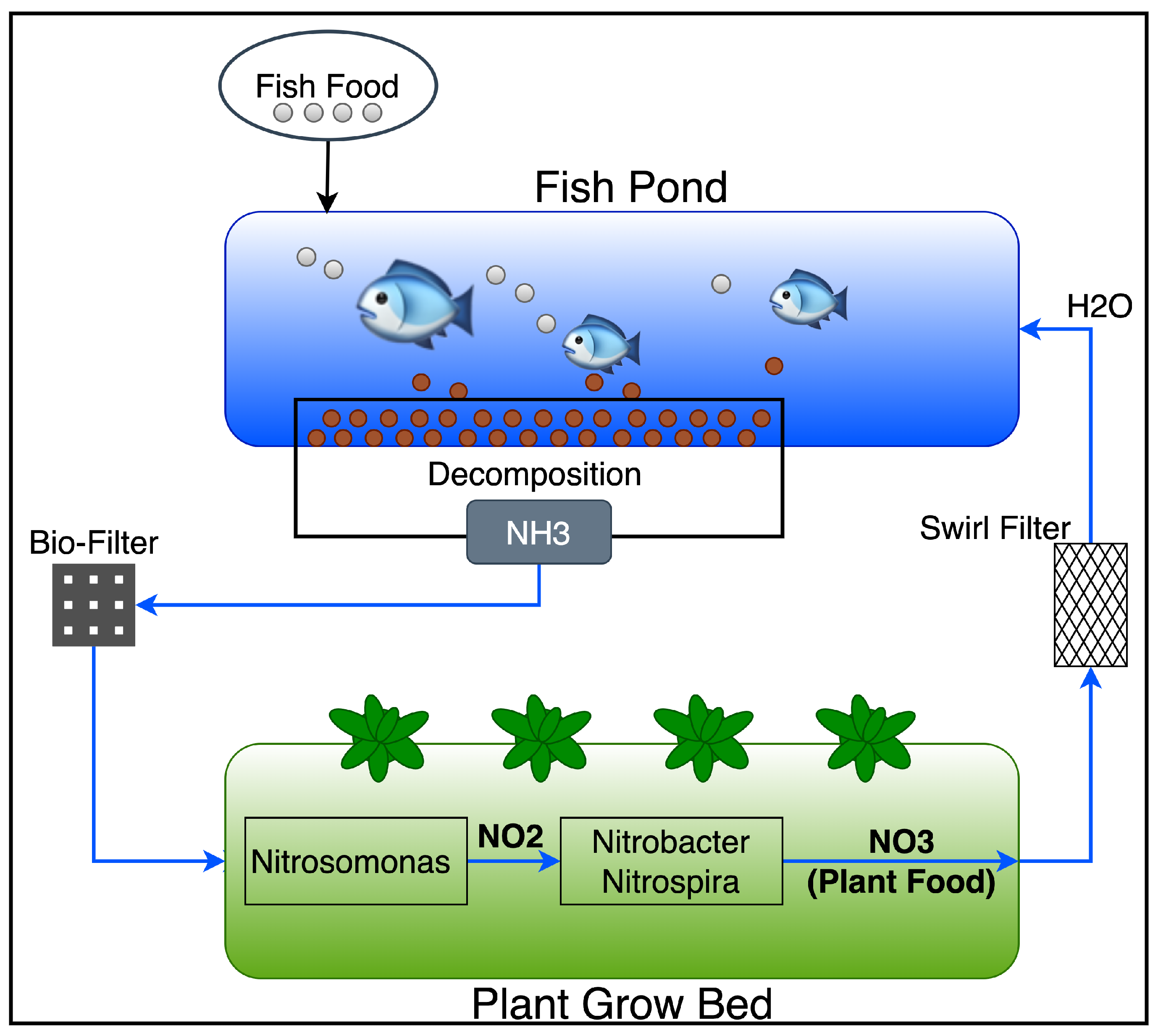Building a fish pond in your backyard can be a fantastic addition to your outdoor space, providing a serene and relaxing environment. Not only does it add aesthetic appeal, but it also offers the opportunity to create a thriving ecosystem right in your backyard. Imagine the soothing sound of water trickling, the vibrant colors of fish swimming, and the lush greenery surrounding your pond. It's a perfect way to bring nature closer to home.
Creating a fish pond in your backyard opens up a new world of possibilities. You can choose from various pond designs, such as a natural pond with rocks and plants or a formal pond with a fountain. The size of your pond will depend on the available space and your personal preferences. You can even incorporate features like waterfalls or bridges to enhance your pond's look and feel.
Building a fish pond lets you introduce different fish species into your backyard. You can create a diverse and vibrant aquatic community, from colorful koi fish to graceful goldfish. It's essential to research the specific needs and requirements of the fish you plan to keep, such as water temperature, pH levels, and feeding habits. By providing a suitable habitat, you can ensure the health and well-being of your fish while also enjoying the beauty they bring to your backyard oasis.
A fish pond also provides educational opportunities, especially for children. It offers a unique chance to learn about aquatic ecosystems, the life cycle of fish, and the importance of water conservation. Kids can observe the fish closely, study their behavior, and even participate in feeding them. This hands-on experience fosters a sense of curiosity and appreciation for nature. It can also be a great educational tool for schools or community programs, allowing students to explore the fascinating world of aquatic life and environmental conservation.
Proper planning and preparation before starting the project are of utmost importance. It sets the foundation for success and ensures that the task runs smoothly from start to finish. Planning and preparing carefully, you can identify potential challenges, allocate resources effectively, and establish clear goals and objectives.
One of the key benefits of proper planning and preparation is that it helps you anticipate and mitigate risks. By thoroughly analyzing the project requirements and potential obstacles, you can develop contingency plans and strategies to address any issues that may arise. This proactive approach minimizes the impact of unexpected events and increases the chances of achieving project objectives within the allocated time and budget.
Aquaponics Is Fascinating And Innovative
Harvesting and Enjoying the Produce From Your Aquaponics System
Maintaining and Troubleshooting Your Aquaponics System
Choosing the Right Fish and Plants For Your Aquaponics System
Cycling Your Aquaponics System
Setting Up Your Aquaponics System
An Introduction to Aquaponics For Beginners

